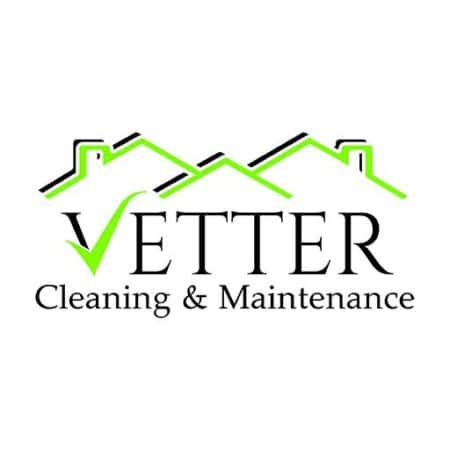When it comes to cleaning, some people think that the more products, the better. Bleach, disinfectant, vinegar, baking soda…you name it. After all, if you combine a bunch of strong products, the results will be better, right? Wrong! Mixing cleaning products can actually be incredibly dangerous to your health, depending on what you are mixing together. In the worst scenarios, this could even lead to death, as a tragic accident in a Buffalo Wild Wings in Massachusetts exemplifies. One of the managers of the restaurant died after inhaling the fumes produced by the mixture of two cleaning products that shouldn’t be mixed – Scale Kleen (which contains citric acid) and Super 8 cleaner (which contains bleach).
Our goal here is not to create panic, but rather to offer some educational insight on why paying attention to how you are cleaning matters. As a professional cleaning company, our care doesn’t stop at dealing with the mess; it also goes to your health and safety.
Understanding what cleaning products shouldn’t be mixed is not just a cleaning tip; it’s a critical safety protocol for your household.
That’s why we prepared this guide of mixing no-nos, all backed by science, so you can use your cleaning products with confidence while staying safe. Let’s dive in!
Why is mixing cleaning products dangerous?
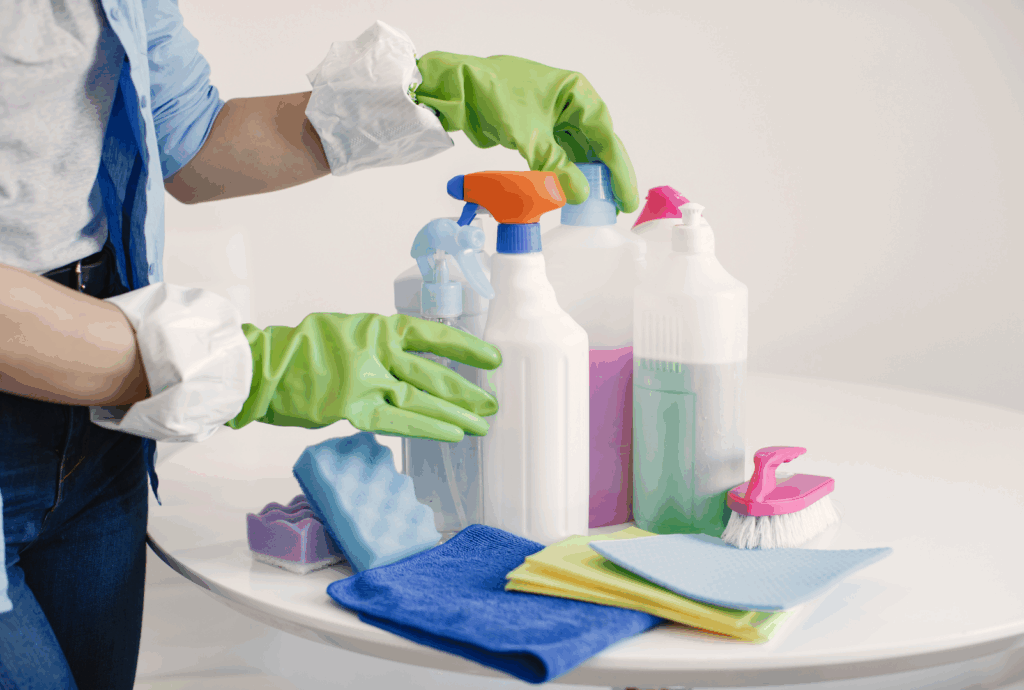
Many potent cleaning products rely on chemical reactions to break down dirt. When you use them in the correct way, these reactions are controlled and safe. BUT, when you mix the wrong cleaning products, you can trigger uncontrolled, violent chemical reactions. These can release toxic gases (the most common scenario), generate extreme heat, or even cause explosions. That’s the moment we all wish we had learned more from our Chemistry classes!
Now, we are going to discuss the most common combinations. However, whenever you ask yourself what cleaning products shouldn’t be mixed, follow this golden rule: unless the label explicitly states it’s safe, assume that mixing different cleaning products is dangerous. Your safety comes first!
The 5 most common combinations to avoid: what cleaning products shouldn’t be mixed
1. Bleach and Ammonia = Chloramine Gas
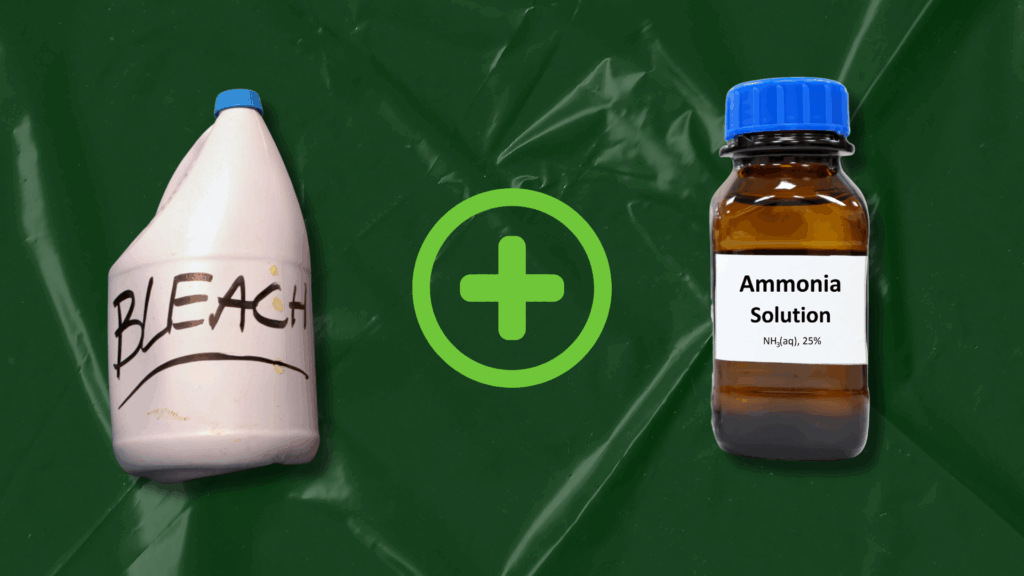
To start off strong, we have one of the most dangerous combinations, and not just because of what the mixture produces. That’s because ammonia can be found in a bunch of cleaning products, such as glass cleaners, and in some toilet bowl cleaning products. If you have ever asked, “can you mix Windex and Lysol?” for example, the answer is no! Since Windex contains ammonia and most Lysol products contain bleach, using the two products together can be dangerous.
When it comes to bleach, you may even need to pay attention to your detergent! Although most of them are pretty much safe to use with bleach, some brands out there do use ammonia in their composition, which can lead to a toxic mixture.
That being said, please pay attention to the composition list of the products you buy and use.
And what if you do end up mixing bleach and ammonia? Well, that will produce toxic chloramine gas, which causes immediate irritation to the eyes, nose, and throat. According to the National Library of Medicine, in high concentrations, chloramine gas can also lead to acute pneumonitis, which is an inflammation of the lung tissue that can cause fever, chills, cough, chest pain, and shortness of breath.
In more drastic scenarios, the over prolonged exposure to the gas can be fatal, although such occurrences tend to be rare.
2. Bleach and Acids = Chlorine Gas
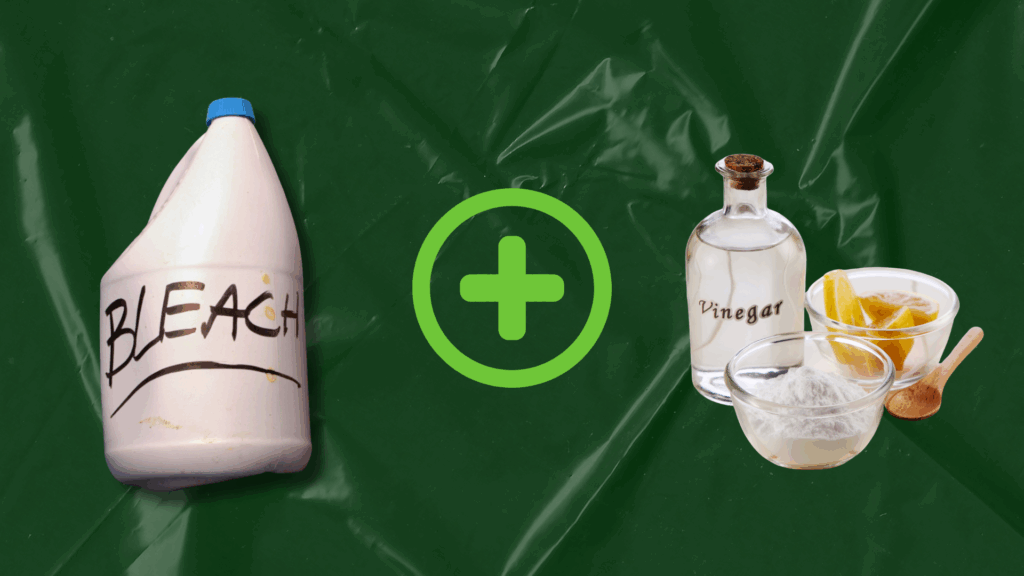
Another problematic duo, when you mix bleach with any acid you create chlorine gas which is very toxic. This problem is one of the most frequent ones because acids are found pretty much everywhere, even in products most people would deem harmless, such as vinegar (which contains acetic acid) and lemon juice (citric acid).
Other popular products, such as toilet bowl cleaners and drain openers, also often have an acid in their base. That being said, please don’t use any of those with bleach!
Chlorine gas can be very poisonous, especially in large quantities and when exposure to the gas happens in a closed environment. In small doses, chlorine gas has an odor similar to household bleach, but as the concentration increases, so does the smell and the risks.
According to the Chlorine Institute (yes, it has an Institute!) the exposure to the gas can irritate the mucous membrane and respiratory tract, leading to burning in the eyes, throat, and nose, coughing, difficulty breathing, and even nausea.
On higher levels of concentration (40 – 60 ppm), it can even lead to toxic pneumonitis (inflammation of the lungs) and pulmonary edema (accumulation of fluid in the lungs). Above that level, the gas starts to become lethal. Hence why it was even used as a chemical weapon by Germany during World War I.
3. Bleach and Rubbing Alcohol = Chloroform
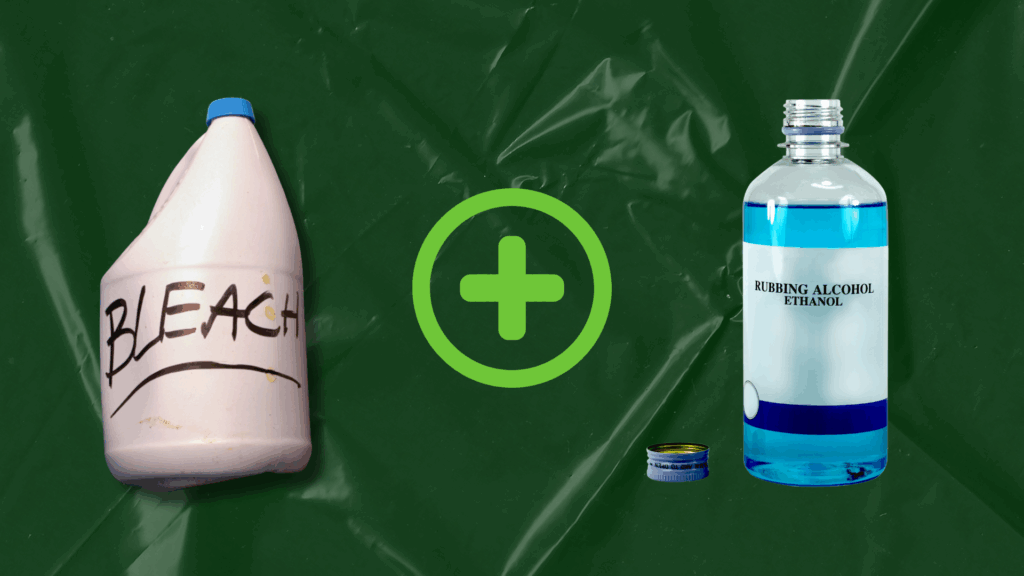
If you are thinking about the chemical used by kidnappers to pass people out, you thought correctly. Although unconsciousness is only caused by exposure to a very high concentration of the chemical, mixing bleach and rubbing alcohol can still be harmful at lesser dosages.
The result can cause damage to the nervous system, eyes, skin, liver, and kidneys. If you experience dizziness or nausea after being exposed to chloroform, seek help immediately!
At this point, you already know that bleach is one of the most reactive cleaning products in your cabinet. It’s strong enough to use on its own, so the conclusion here is – just don’t mix bleach with anything. Like, seriously, please don’t do that.
Moving on!
4. Hydrogen Peroxide and Vinegar = Peracetic acid
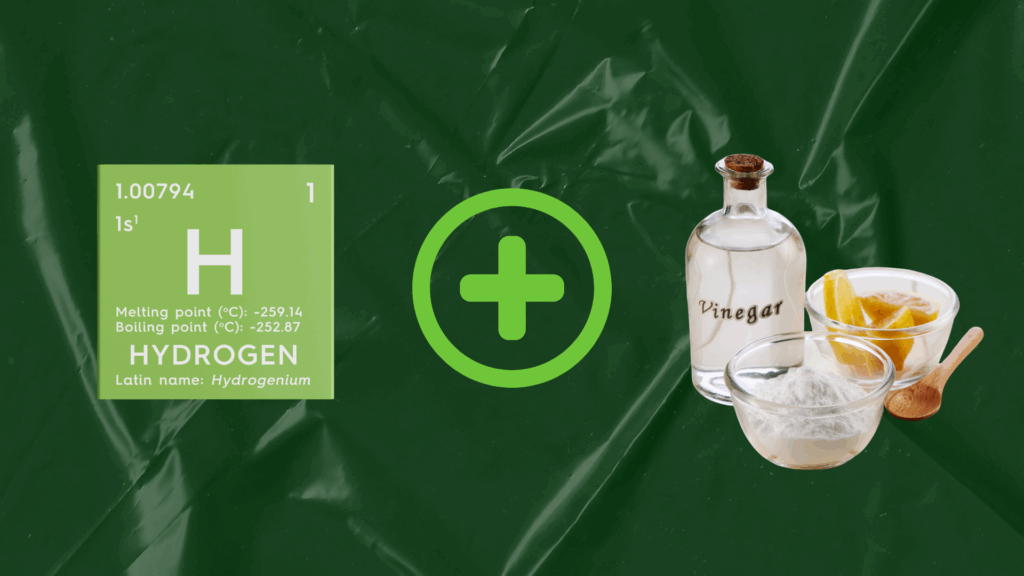
Since vinegar is a “natural” ingredient, per se (it’s not over-manipulated like other chemicals), a lot of people tend to think it’s harmless. Own its own? That’s absolutely true. With other substances? Not so much. That’s the case for hydrogen peroxide, which can be found on numerous cleaning products like laundry powders, stain removers, bathroom cleaners, dish powder, and a bunch of multi-use cleaners.
When you mix hydrogen peroxide (a mild oxidizing agent) and vinegar (an acetic acid), you get peracetic acid, which can be highly corrosive and irritate your eyes, skin, and respiratory tract. To be safe, the best thing to do is to use both products in an alternate way, with a time window between each cleaning.
5. Double Drain Cleaner = potential trouble

Since these products tend to be pretty strong on their own, mixing two drain cleaners from different brands could be very complicated. The first reason is the composition. Since you might not know what both products contain, mixing them together could get you one of the reactions we already mentioned.
Besides that, adding too many different products could overdo the results you are aiming to get, potentially causing more problems instead of solutions. More doesn’t always equate better!
What is the safe way to clean?
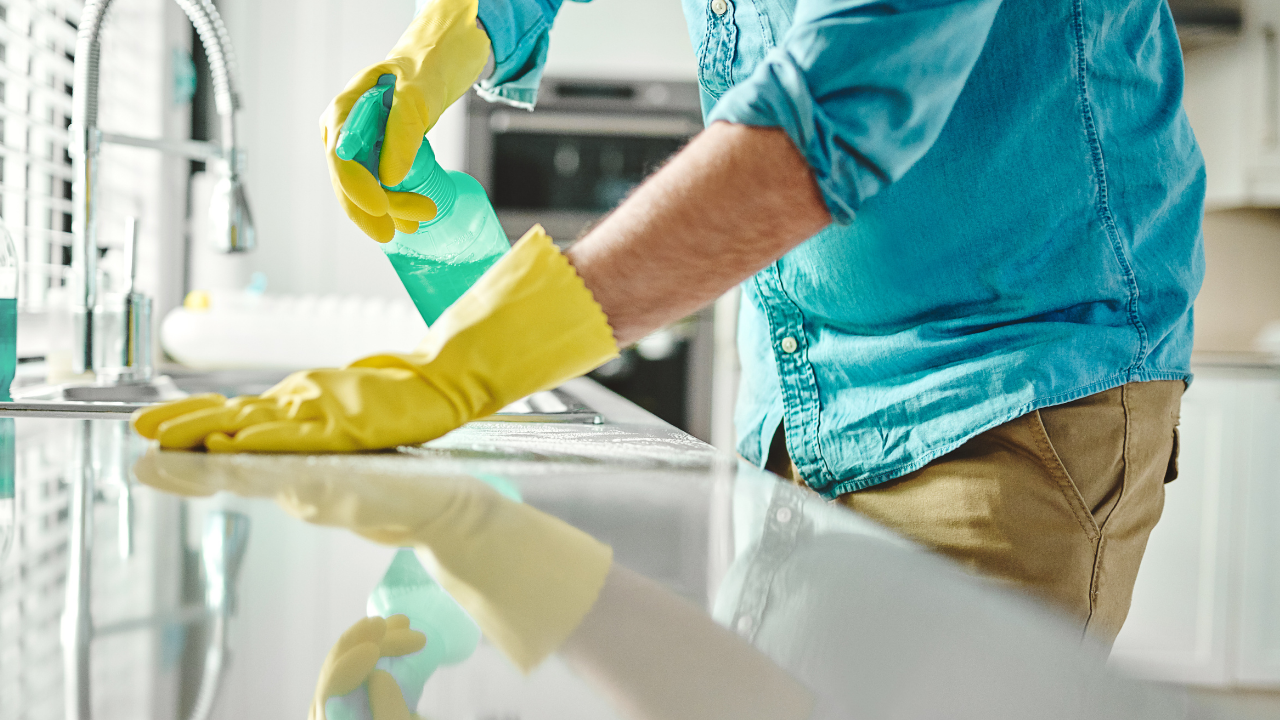
Now that we’ve covered what cleaning products shouldn’t be mixed, let’s give you some practical cleaning tips to work with! After all, using your cleaning products safely is much easier than you may think once you learn about the main risks. Let’s go!
1. Read all the labels, please
This is the number one rule. Read the label to identify what components are in the product. Most brands will tell you themselves how you should use their product and if you can mix it with other things. Pine-Sol, for example, makes it clear that their products shouldn’t be combined with others to avoid reactions. Follow those instructions!
If you are using something more natural like vinegar, baking soda, or lemon juice, make sure to revisit our previous list!
Now, if you are using something that doesn’t have much information on its label, the golden rule applies: don’t mix two different cleaning products (and perhaps start buying from more transparent brands).
2. Open those windows!
Always make sure that you are cleaning in a well-ventilated place! Open windows and doors (you could even turn a fan on) when using strong cleaning products – and that goes even for when you are using them alone.
A good airflow will help you dissipate fumes and protect you from being overly exposed to anything stronger, such as bleach, for example. In case you end up mixing anything you shouldn’t (which won’t happen because you will save this article…right?), being in a properly ventilated place can also significantly reduce any harmful impacts.
3. Put some gloves on!
Most cleaning products can irritate your skin when exposure is prolonged. That being said, make sure to always use gloves when cleaning! That will protect your skin from irritation due to chemical absorption or prevent a reaction due to any allergies you may have.
When it comes to the material, give preference to rubber or latex gloves as they are more effective in protecting your skin and also more resistant to chemical corrosion.
4. Don’t mix cleaning products in a spray bottle
If you reuse spray bottles, or if you like to use your own home-made mixtures (do that carefully, please!), always label them clearly and use them for a single product. Never add a different product to a bottle that hasn’t been thoroughly cleaned. That’s important because residual chemicals can cause a reaction when you add something else, and if you didn’t label anything, it might make it harder for you to identify the cause of the problem.
Besides, you don’t risk using the wrong chemical when everything is properly named. Can you imagine putting bleach in your washing machine by mistake? Prevention starts with attention!
5. Store your cleaning products properly
Always keep your cleaning products in their original containers so that you can check their composition as needed. If you are storing homemade ingredients (like lemon juice, for example), make sure to keep them in an adequate and labeled container so that you, and anybody else, know what they are taking.
Don’t forget to keep your cleaning products away from heat sources and from anywhere they could easily fall from. Lastly, and this one goes without saying, keep your cleaning products out of reach of children and pets!
Need some help to make sure you have a safe cleaning? Count on us!

Choosing the right cleaning products when you need to do more than simple housekeeping can sometimes be tricky! That could be the case when your home needs to be disinfected after a period of sickness or when it’s time for a deep cleaning.
In situations like this, nothing better than having a team of professionals such as our own on your side! With us, you can take your house cleaning to the next level. Here at Vetter Cleaning & Maintenance, your well-being is the most important thing. You can take a look at what we offer and the area we cover to choose what’s best for you! We work with a broad range of services: from weekly housekeeping with our professional technicians, to disinfecting and fogging packages.
Thank you for reading our guide so far! Did you know any of that already? What else would you like to see around here? Share your thoughts with us in the comments!
Written by
Vetter Cleaning & Maintenance Team.
About the company
Vetter Cleaning is a professional cleaning service located in Colorado Springs, CO. They offer a variety of cleaning services to meet most residential cleaning needs. That includes recurring maid services, deep house cleaning services, and move-in/out cleaning services.
If you live in the Colorado Springs area, we invite you to request a free home cleaning quote.
Find us on Google!
